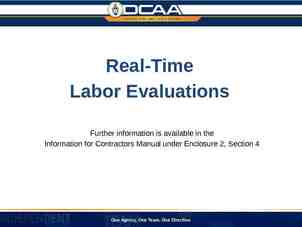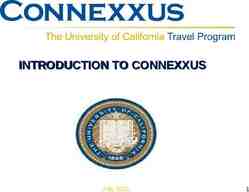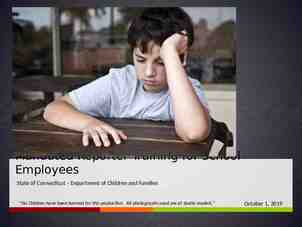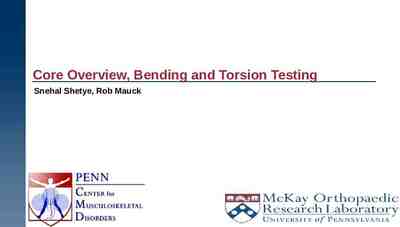THE ETHICAL USE OF ELECTRONIC MEDIA. V103.03 Material obtained from
12 Slides372.19 KB

THE ETHICAL USE OF ELECTRONIC MEDIA. V103.03 Material obtained from summer workshop in Guildford County, July-2014

COMPUTER ETHICS Resources such as images and text on the Internet are copyrighted. Plagiarism (using something that you did not create) is a serious offense covered in the Copyright Law of 1976. Plagiarism items can include literary, dramatic, and musical works. Copying of software without purchasing it is illegal and is a punishable offense.

COPYRIGHT LAWS AND TERMS Copyright is a form of protection provided by the laws of the United States (title 17, U.S. Code) to the authors of “original works of authorship,” including literary, dramatic, musical, artistic, and certain other intellectual works.

COPYRIGHT LAWS AND TERMS This protection is available to both published and unpublished works. Section 106 of the 1976 Copyright Act generally gives the owner of copyright the exclusive right to do and to authorize others to do the following: To reproduce the work in copies or phonorecords. To prepare derivative works based upon the work. To distribute copies or phonorecords of the work to the public by sale or other transfer of ownership, or by rental, lease, or lending.

COPYRIGHT LAWS AND TERMS To perform the work publicly, in the case of literary, musical, dramatic, and choreographic works, pantomimes, and motion pictures, and other audiovisual works. To display the copyrighted work publicly, in the case of literary, musical, dramatic, and choreographic works, pantomimes, and pictorial, graphic, or sculptural works, including the individual images of a motion picture or other audiovisual work. In the case of sound recordings, to perform the work publicly by means of a digital audio transmission.

PLAGIARISM Plagiarism includes a range of actions from failure to properly cite works to wholesale cheating. A student who plagiarizes may do so unintentionally or with purposeful deliberation. Listed below are some common forms of plagiarism.

PLAGIARISM (CONTINUED) Buying a paper from a research service and turning it in as yours. Turning in another student’s work without that student’s knowledge and claiming it as yours. Turning in a paper a peer has written for you. Copying a paper from a source text like a book or the Internet without proper acknowledgment. Copying materials from a source text, supplying proper documentation, but leaving out quotation marks. Paraphrasing materials from a source text

PLAGIARISM (CONTINUED) Infringement- copyright infringement can occur when someone, without owner’s permission, copies copyrighted work. Copying does not need to be word-for-word copying, but changing of a few selected words. The owner is allowed to obtain damages to compensate for the copying.

PLAGIARISM (CONTINUED) Trademarks are familiar names and symbols that have become associated with quality, reliability, and/or fame. That’s why people and companies spend millions of dollars protecting these images. A way of protecting is through a registered trademark. Registration of a trademark is a legal title to a symbol or idea in the same way as a deed is title to a piece of property.

FAIR USE LIMIT Fair use - the acceptable boundaries to which a person may use copyrighted material without obtaining the owner’s permission. Music - 10% or 30 seconds of a song whichever is less. Video - 10% or 3 minutes of a video whichever is less. Be aware of the condition “whichever is less.” In order to use 30 seconds of a song, your song must be 5 minutes in length and most popular songs are only 3 to 3 ½ minutes. Give credit for clips and videos in the bibliography of your project.

ACCEPTABLE USE OF SCHOOL COMPUTERS The person named in the account should be the only one to access that account. Tampering is not permitted on school computers. The use of school computers is only for academic work and cannot be used to play nonacademic games or for any fraudulent activity. Personal e-mail and instant messenger are unacceptable.

THE END






